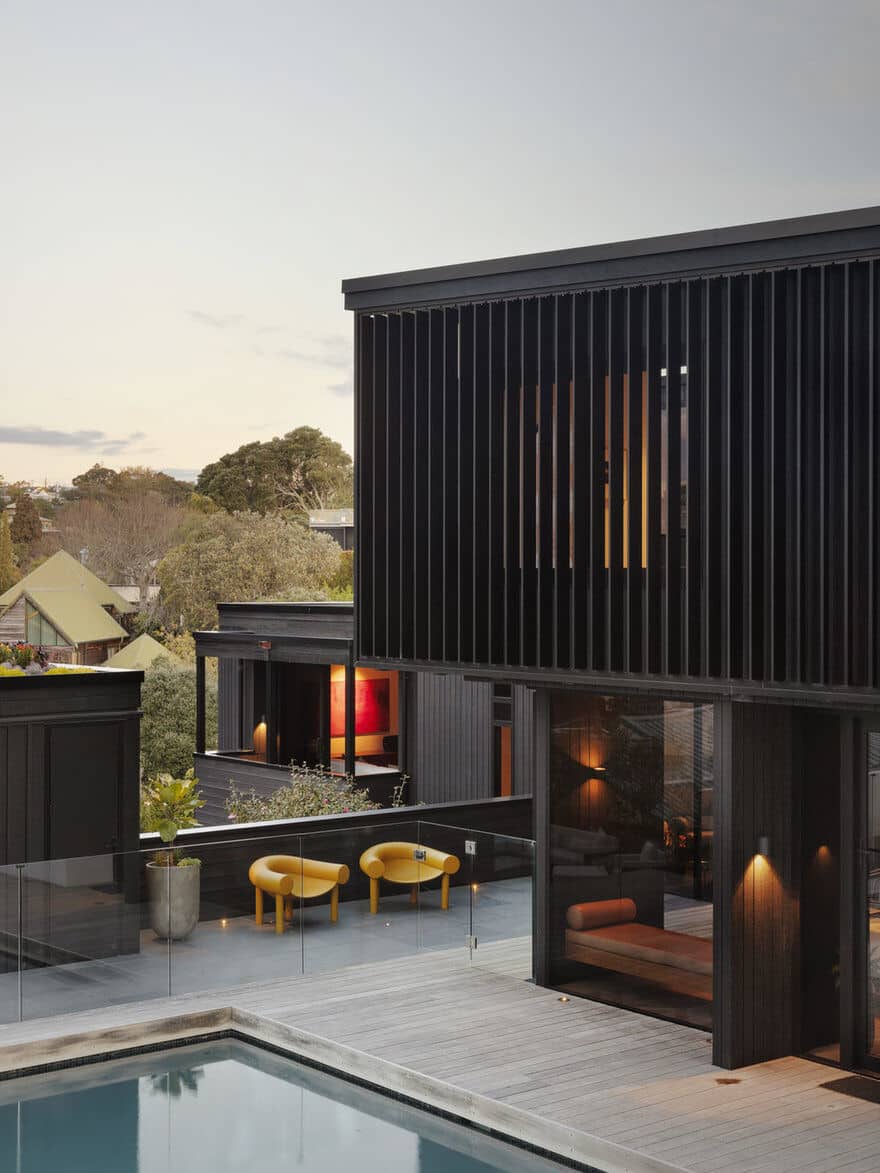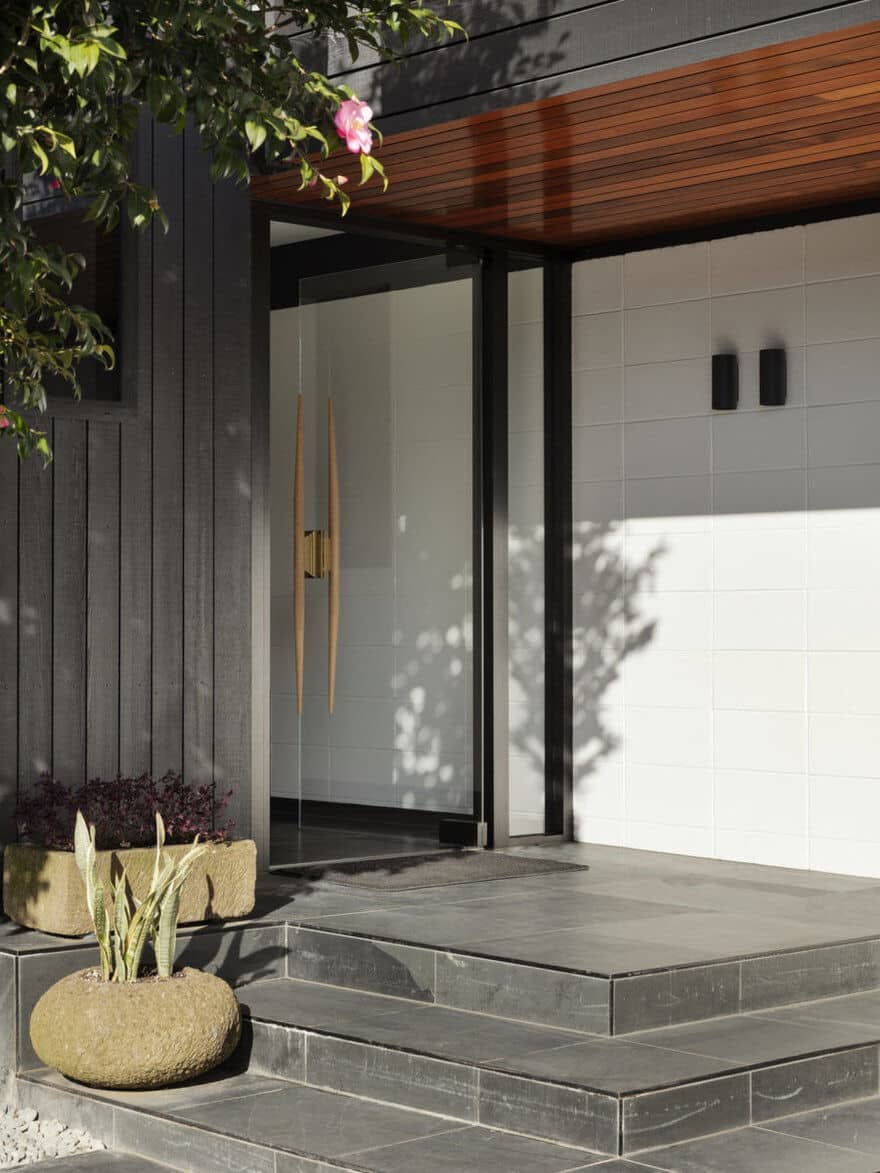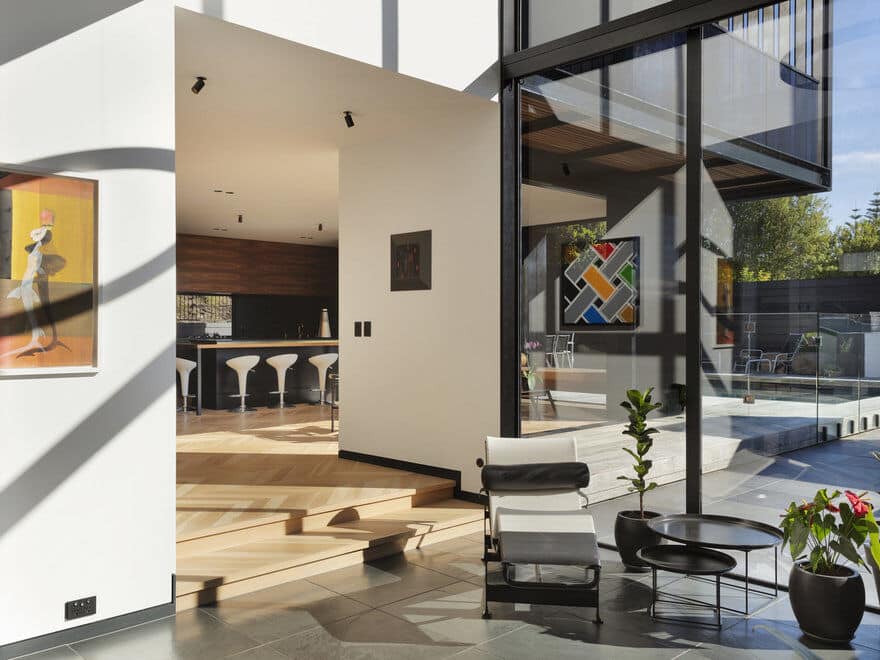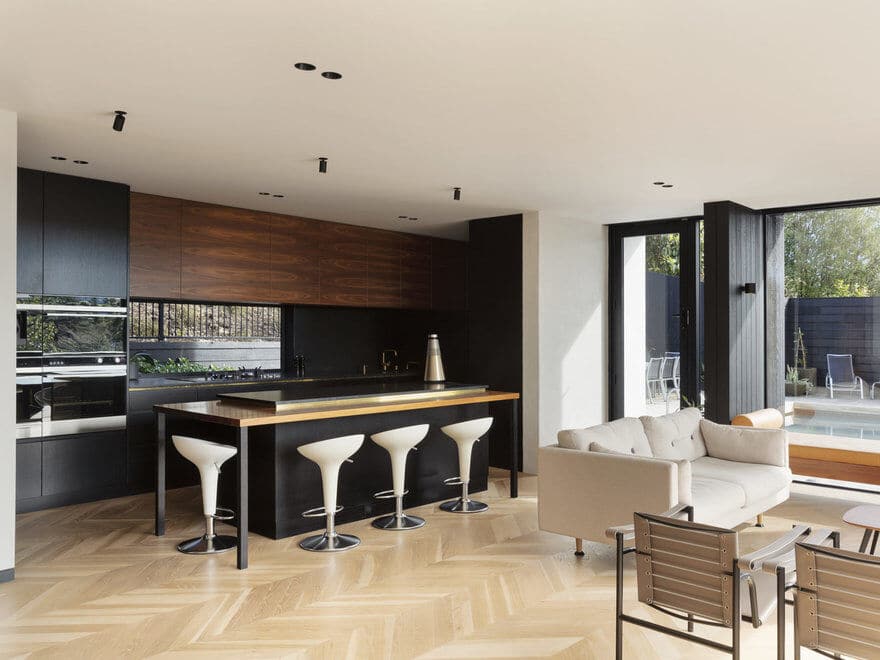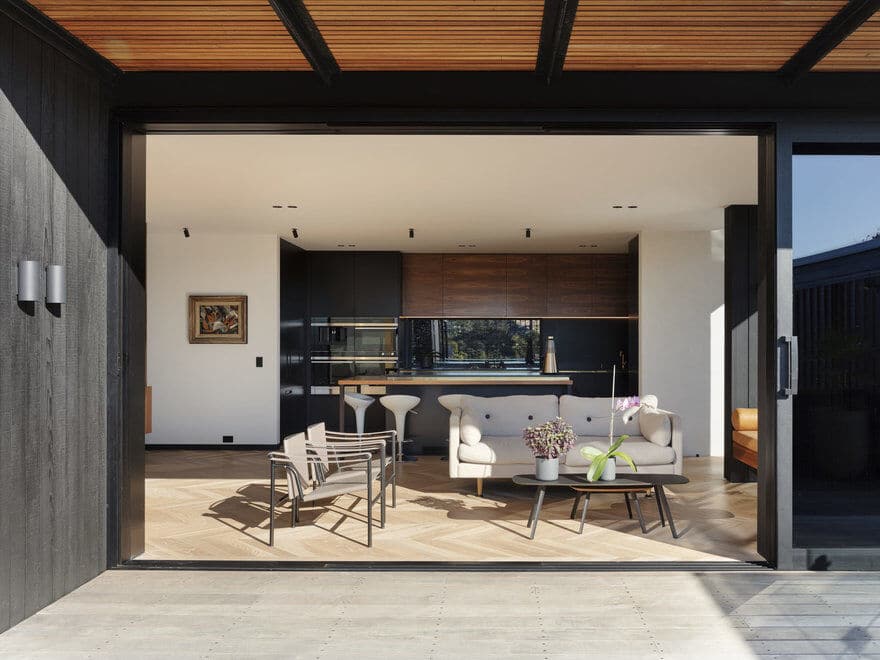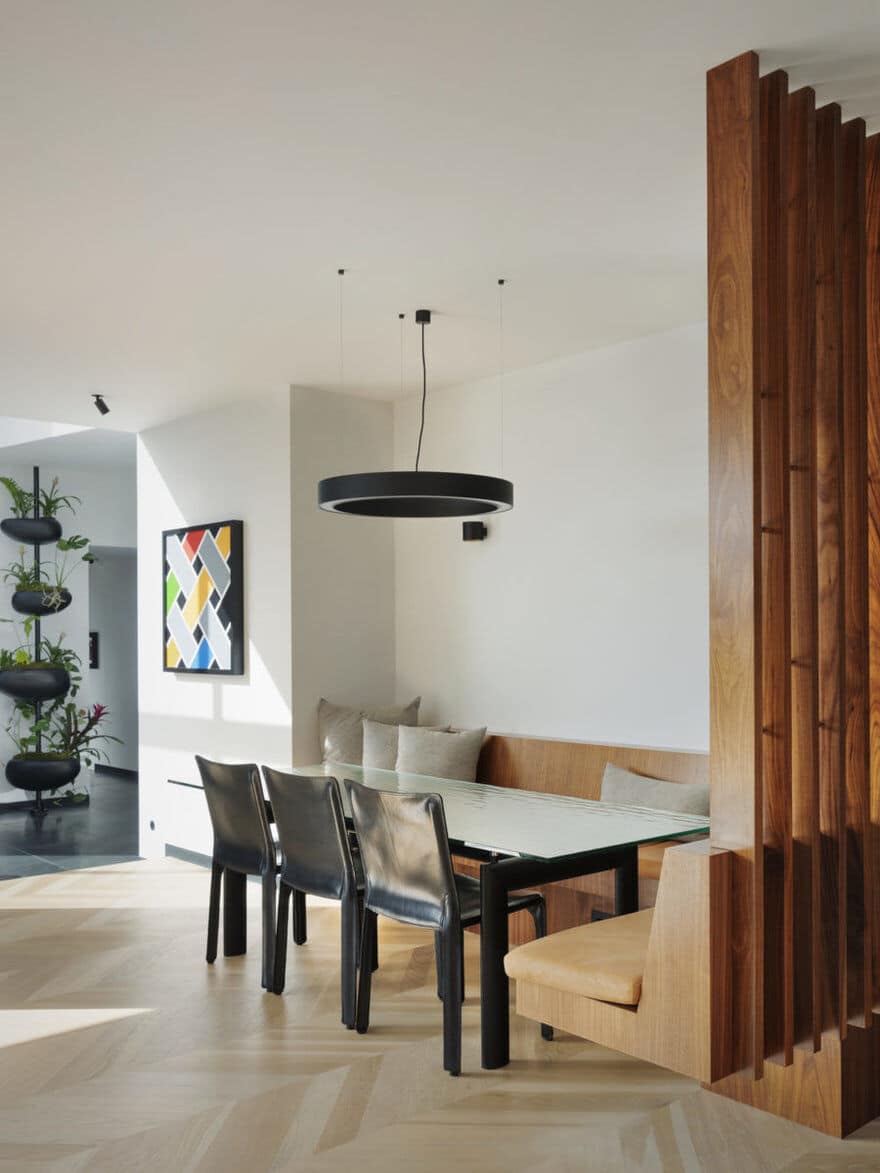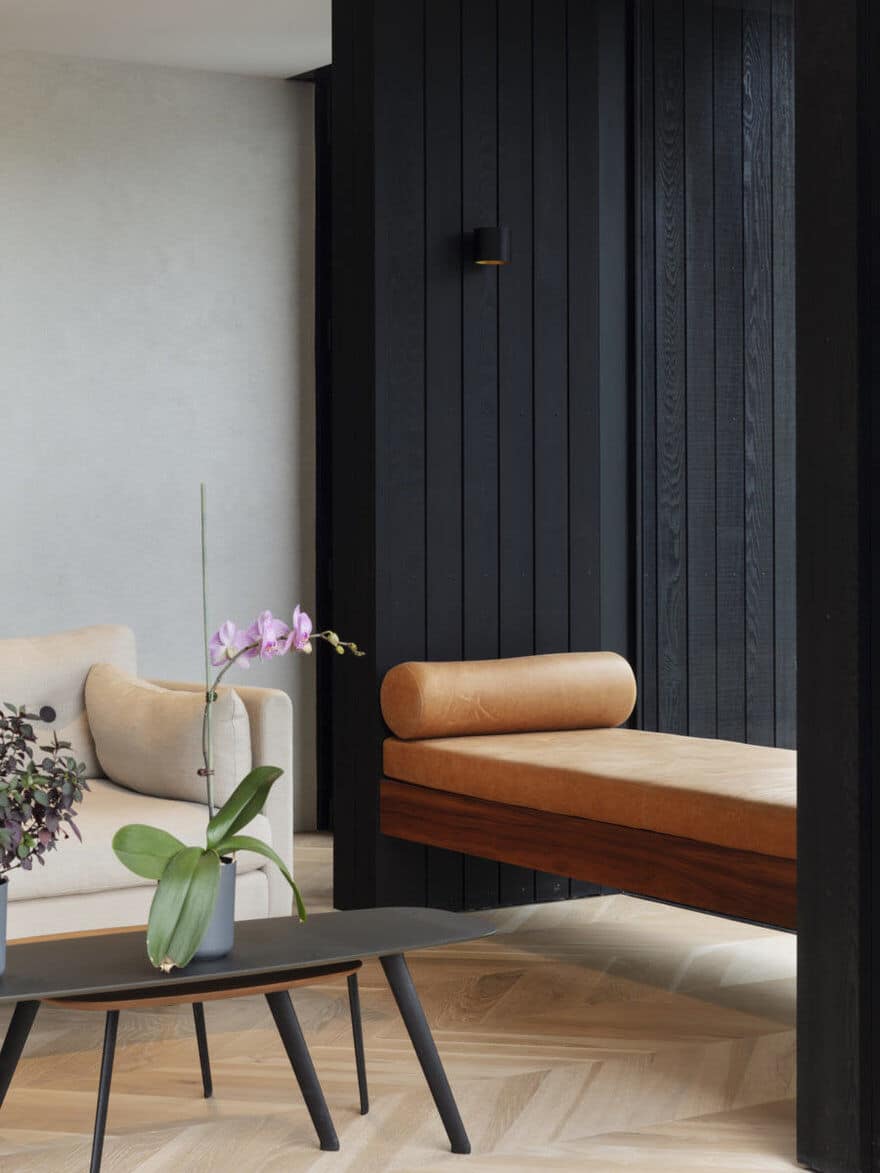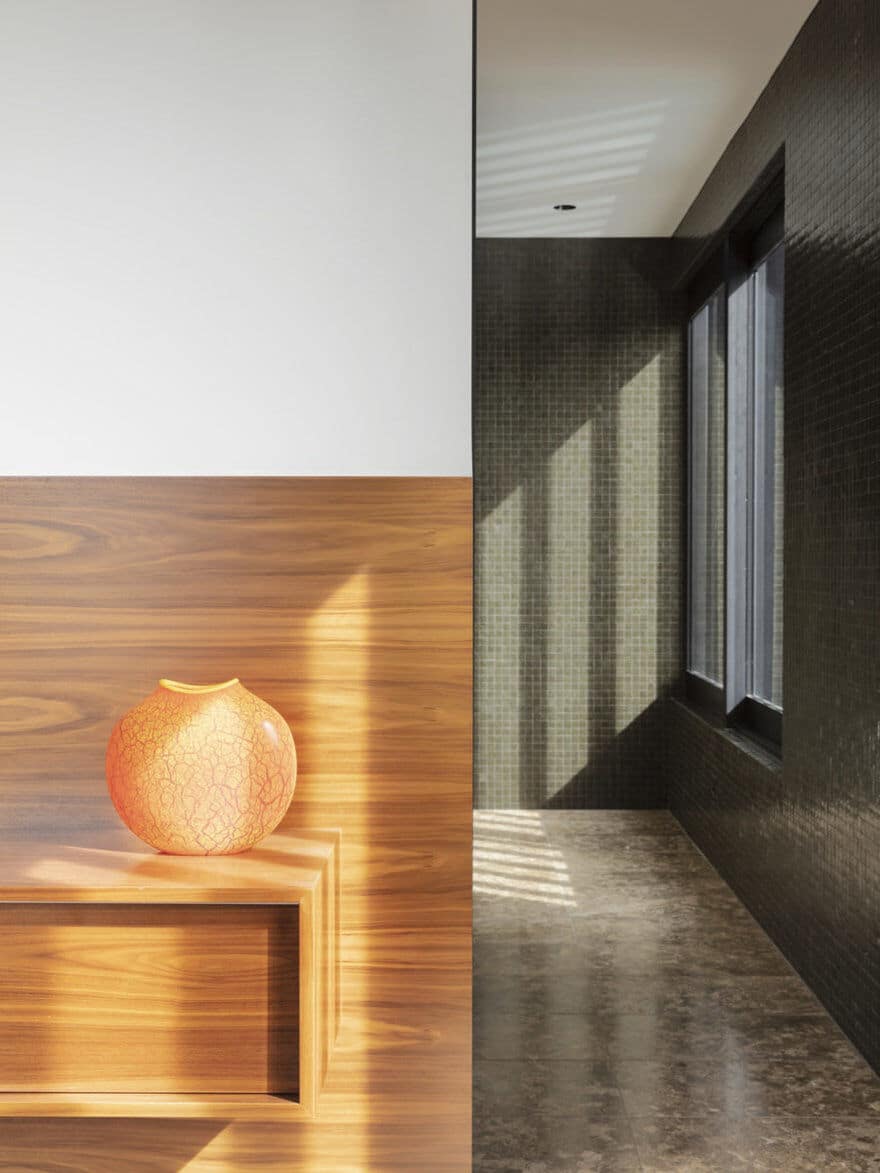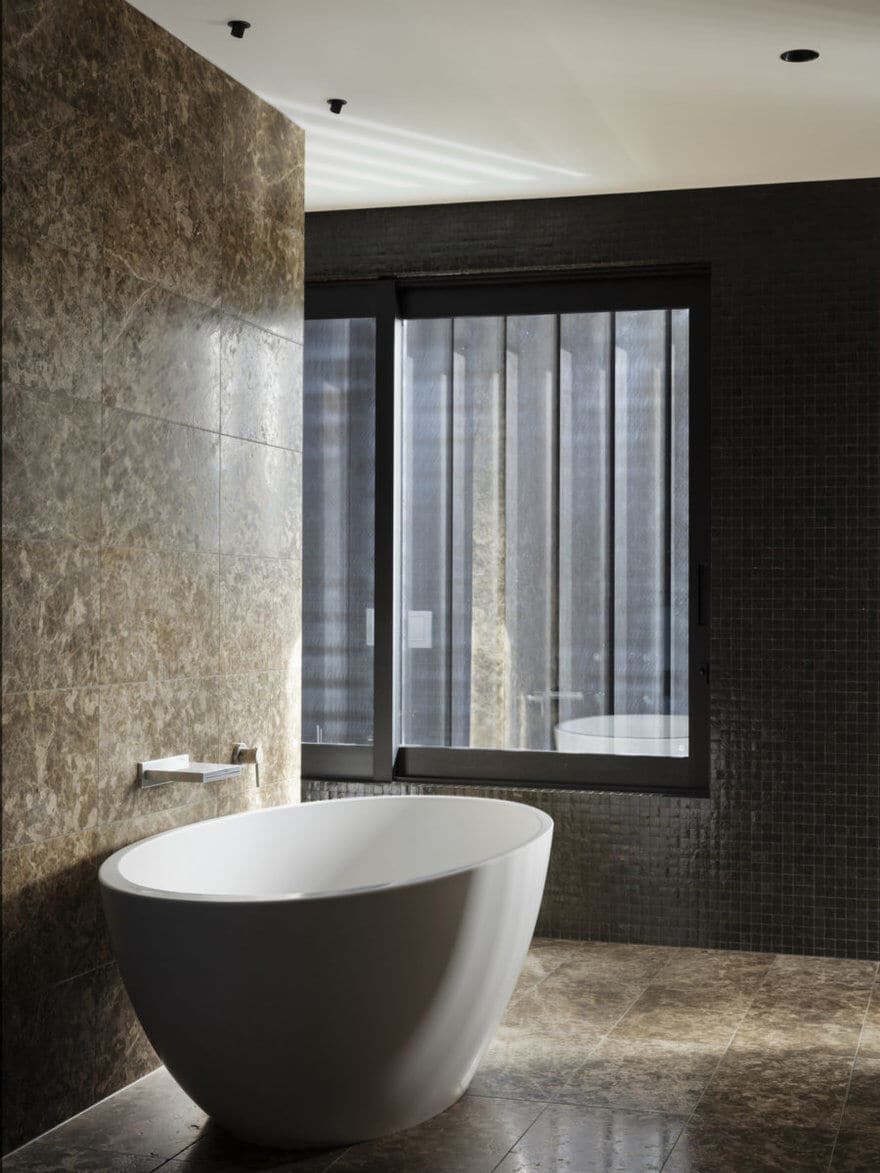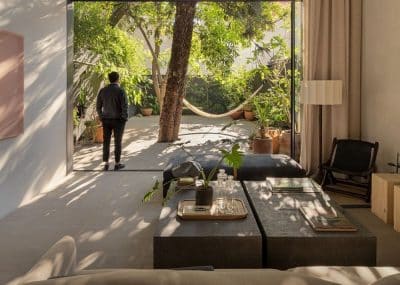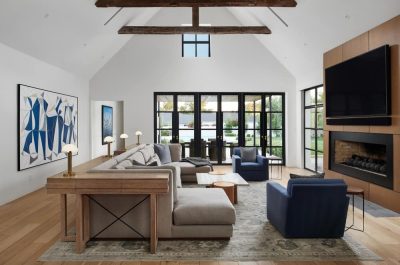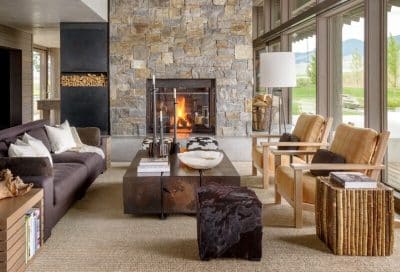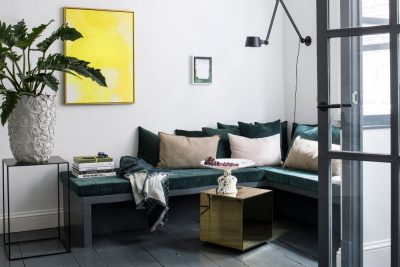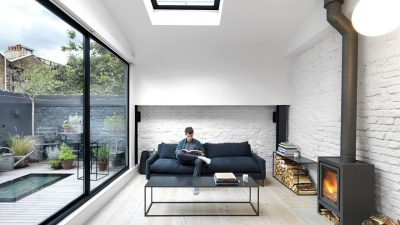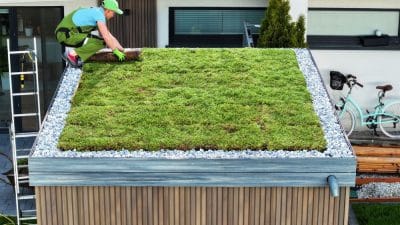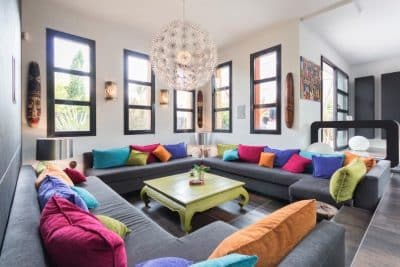Project: Railley House
Architects: Daniel Marshall Architects
Team: Daniel Marshall, Shiqi Shelley Lin, Sukshma Paranjpe, Hana Scott
Building contractor: Hargraves Homes
Location: St Heliers, Auckland, New Zealand
Year 2018
Photographer: Sam Hartnett
Jeremy and Emma approached Daniel Marshall Architects late in 2015 after they had recently purchased a 1970’s St Heliers house designed by the architect, Robert Railley, for his own family home.
The Railley house had been poorly maintained since the Railley’s had moved on, but the original house had fantastic potential and the clients were open to ideas and had wonderful style. The architectural relationships of a 1970’s house and various other aspects, including the scale of the rooms, allowed us to explore different spatial processes to what we might normally have in a new build home.
Houses designed in the 1970’s got a lot of things right, primarily the spatial arrangement. The design language combined with the use of more enclosed rooms and changes in levels and heights, led to the experience of energetic and adventurous spaces while still using relatively humble materials. Railley’s work was influenced at this time by his friend and architectural contemporary, Claude Megson, to create ‘explosive space’. The houses were generally smaller than those designed today, while fully optimising each space.
A key issue for our clients was that the living areas were not arranged around the sunny outdoor living spaces, which included the pool. Our design response was to retain as much of the existing structure as possible, while completely changing the functions of the northern and western wings.
Due to a deteriorating roof that would have needed to be completely replaced, the proposed design included a new level to the dwelling. Located at the top end of the site, this level allowed the design to step down, following the natural topographical slope. We were able to engage with the proportions of the original built forms without overpowering them. While maintaining the qualities of the original outlook as one approaches the house, the transformation has re-equipped the building to serve new families for a further 40 years.


